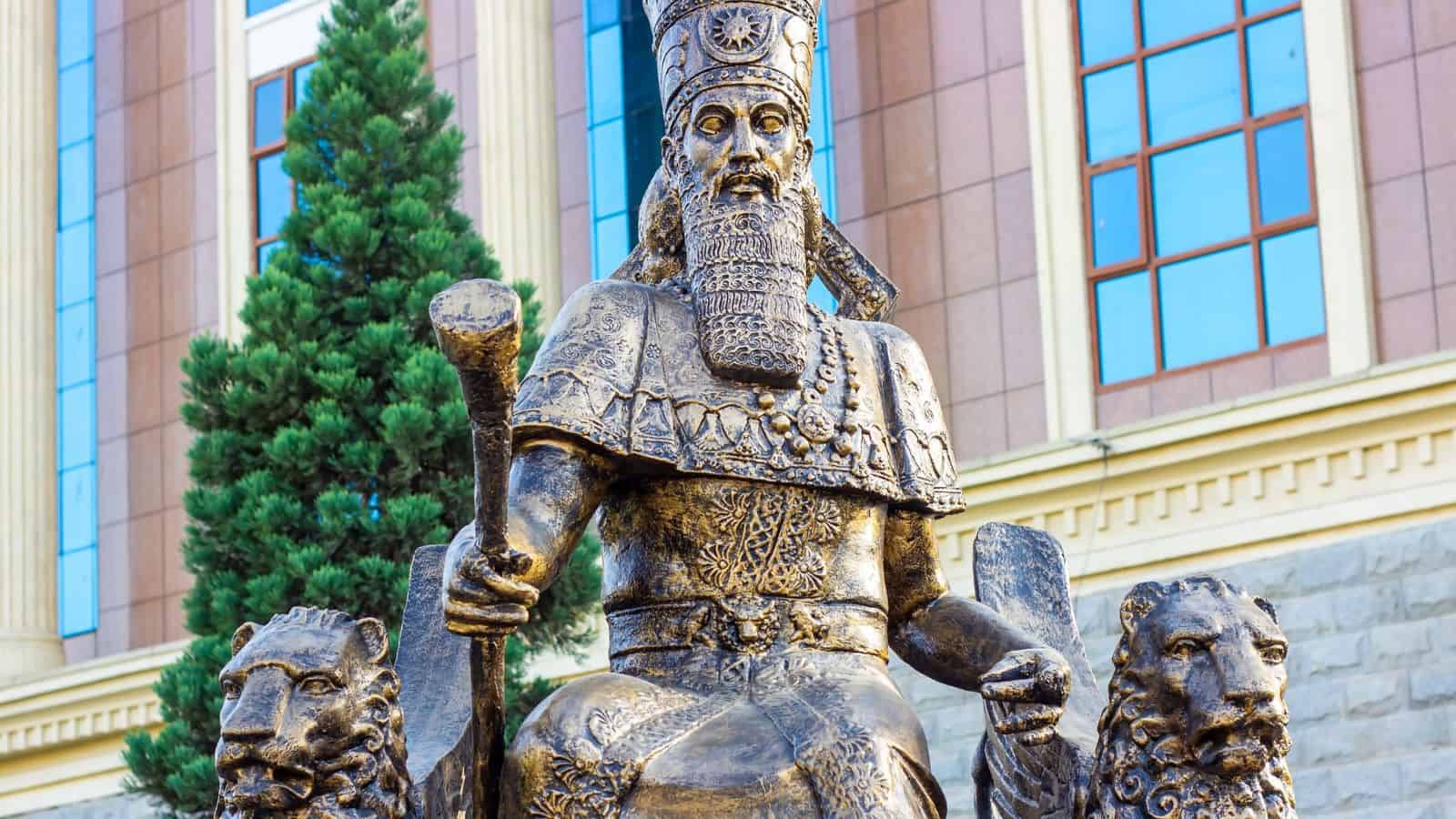The Bible is a religious text that contains a vast history of God’s chosen people, the Israelites. While many may choose to argue about the authenticity of the Bible’s tales, here are 17 historical events that archaeologists agree the Bible got correct!
The Reign of David

The discovery of the Tel Dan Stele has given us proof—in fact, the only precise proof—that the Bible’s House of David existed. It’s a fragmentary stele with surviving inscriptions that talk about the death of Jehoram of Israel, the son of Ahab and king of the house of David.
Walls of Jericho
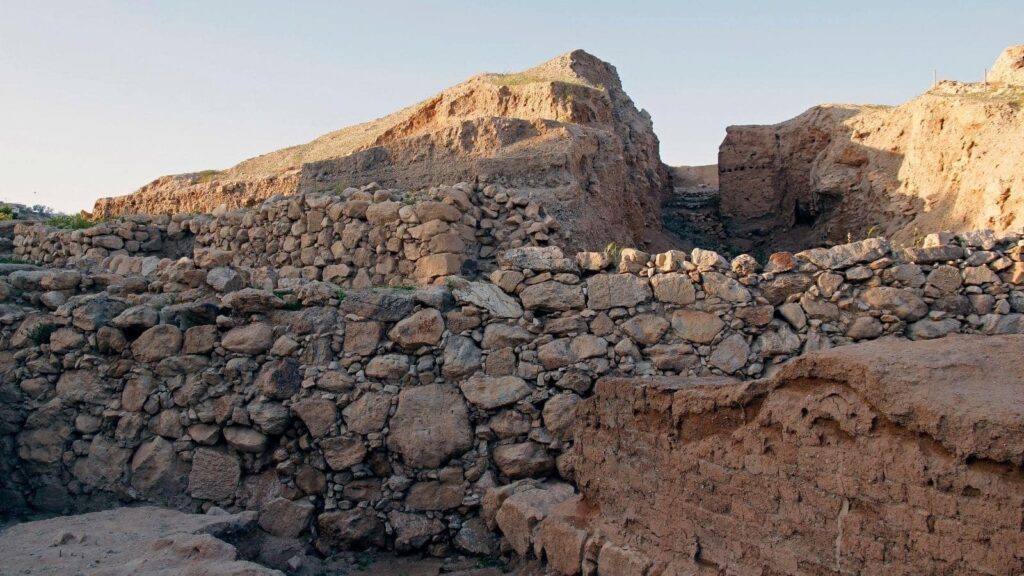
Multiple excavation efforts over 68 years led to the discovery of the mound that Jericho became after its fall. Today, it’s called the Tall Al-Sulṭān. It contains well-preserved jars of water, and, learning from Britannica, it was designated a UNESCO World Heritage site in 2023.
The Siege of Lachish by Sennacherib
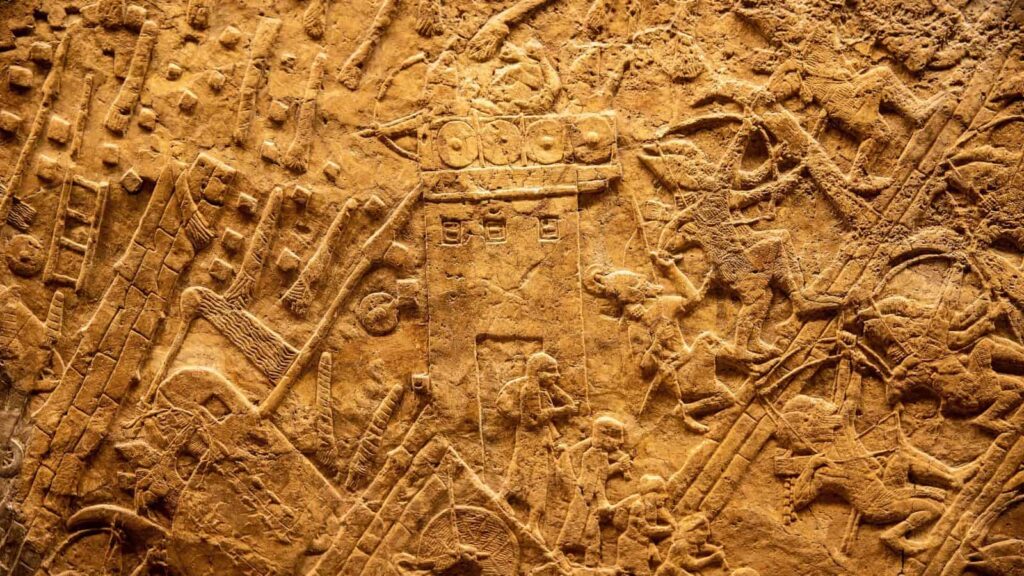
The Biblical event of Assyrian king Sennacherib’s raid and capture of Lachish has been proven to be true, thanks to the discovery of the Lachish reliefs between 1845 and 1847. The reliefs, which were taken from Sennacherib’s palace in Iraq, contain animated depictions of the conquest and depopulation of Lachish.
King Mesha’s Reign

The discovery of the Moabite Stone, now kept in the Louvre, verified the reign of Mesha, the king of Moab. The stone, also called the Mesha Stele, contains references to the god Chemosh and Mesha’s pronouncement of victory over his aggressors (ancient Israel).
The Hittite Empire
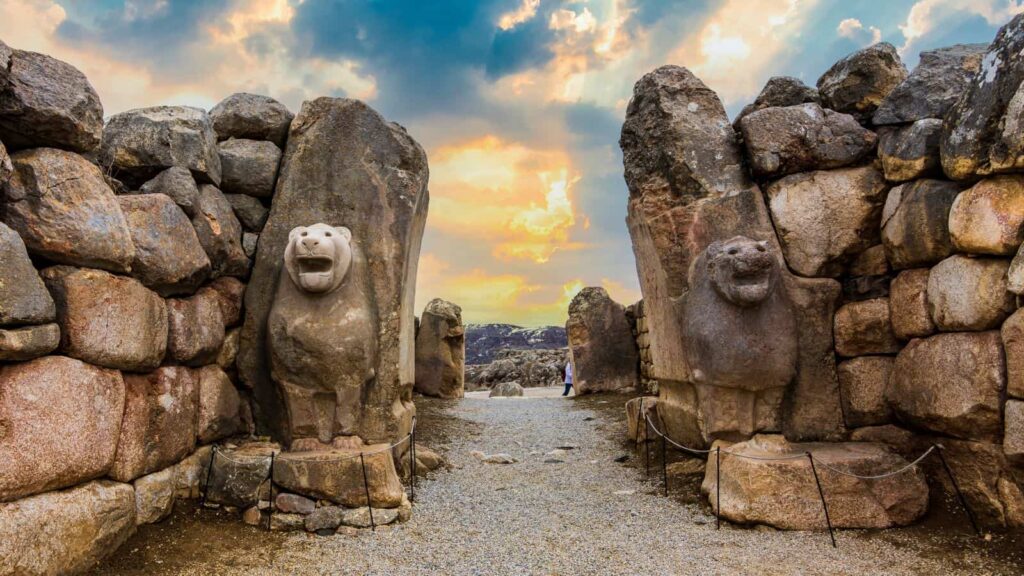
The Hittites, in the Biblical books of Genesis, Joshua, Judges, Samuel, and Kings, were a powerful and influential Indo-European group that established their capital at Hattusa (in modern-day Turkey). They were first found by French archaeologist Félix Texier in ruins at Boğazköy (1834) and then identified by Georges Perrot in 1886.
Esarhaddon’s Victory
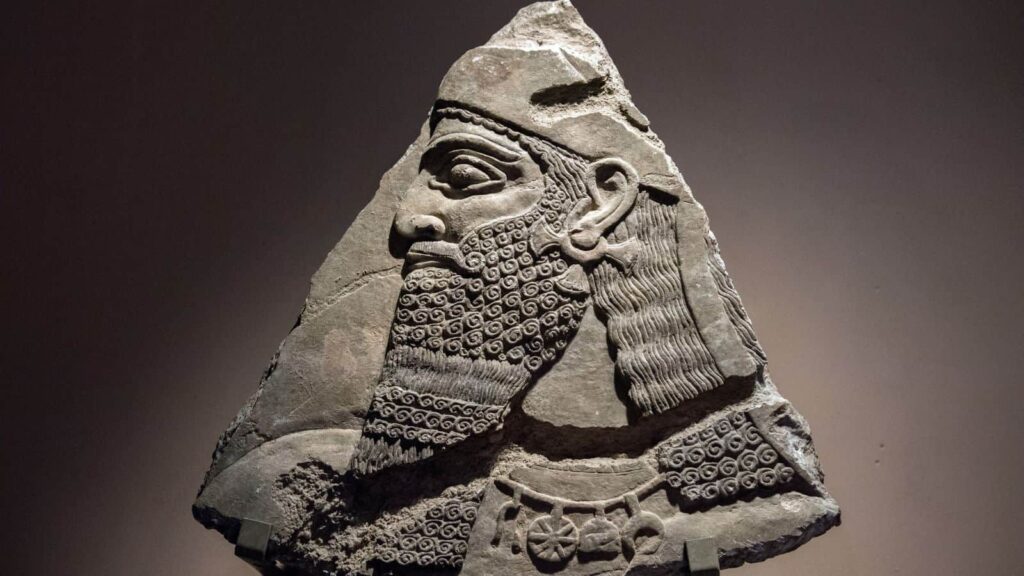
In the Bible, Esarhaddonin took Nineveh in a civil war, proceeding to rule over Assyria between 680 and 669 BC. This actually happened, proven by inscriptions found in the Tomb of Jonah! These 2,700-year-old inscriptions identify the resting place of Esarhaddon as the king of Assyria and the governor of Babylon.
The Digging of Hezekiah’s Tunnel

Due to threats from the Assyrians and problems accessing water at the city halls, King Hezekiah built his tunnel to redirect the upper Gihon springs. The New York Times shares that Edward Robinson rediscovered this in 1837, which sits at the City of David National Park today.
Saul’s Coronation

In 2008, the Qeiyafa ostracon was discovered with the oldest Hebrew text in existence. Some say the texts narrate people establishing their king, and others say they’re instructions for the king to preserve justice. Regardless, the ostracon aligns with the Bible’s narration of the establishment of the kingdom of Israel through Saul.
Babylonians’ Conquest of Jerusalem
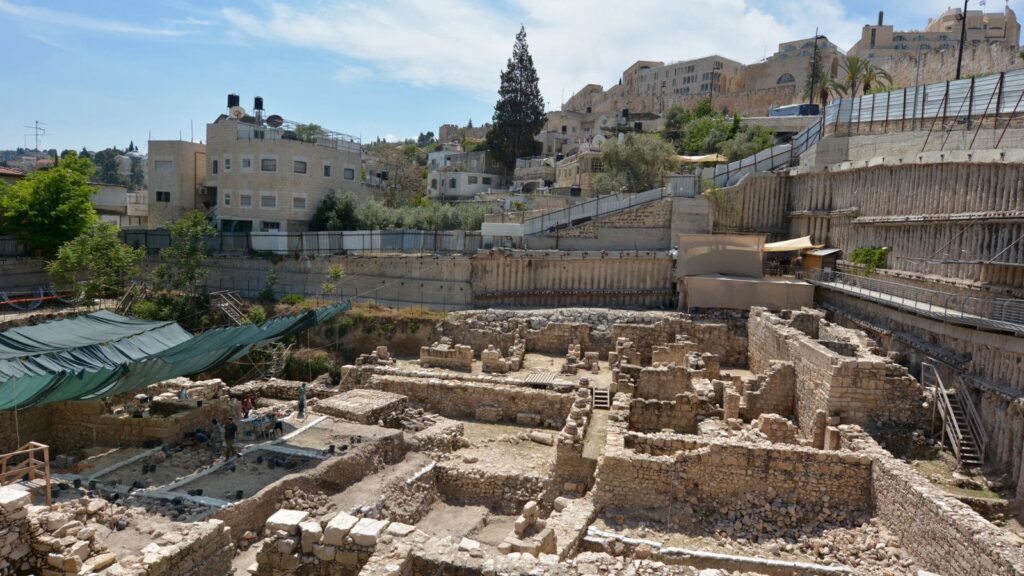
Researchers from the University of North Carolina, during excavations on Mount Zion, came across ash mounds with broken pots, luxury jewelry, and arrowheads buried under them. Knowing that they were within the Babylonian city walls, academics agree that this is proof of King Nebuchadnezzar II’s conquest and destruction of Jerusalem!
Cyrus the Great
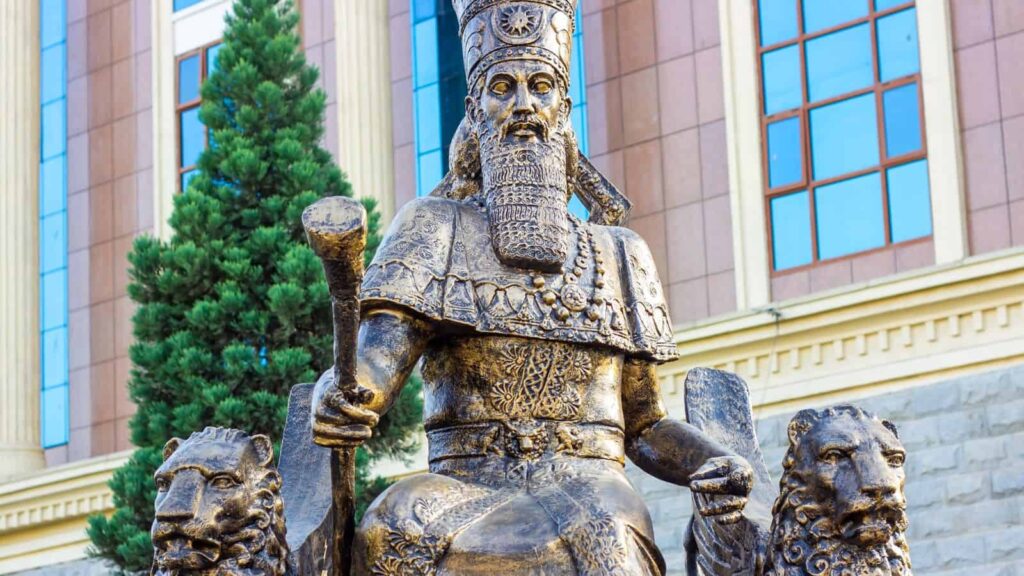
Cyrus is known to have been a lenient king who took over Babylon, freed the Israelites from captivity, and allowed them to rebuild the Second Temple in Jerusalem. His reign has been proven through the Cyrus Cylinder, an artifact that lays out the genealogy of Cyrus excavated by Hormuzd Rassam in 1879.
The Roman Crucifixions

We know that the Romans adopted crucifixion as a punishment thanks to the discovery of Jehohanan Ben Khagqol, the “Crucified Man at Givat Hamivtar.” He was found in 1967 and was the only physical evidence of Roman crucifixion until the discovery of the Fenstanton victim in 2017.
Pontius Pilate’s Governance
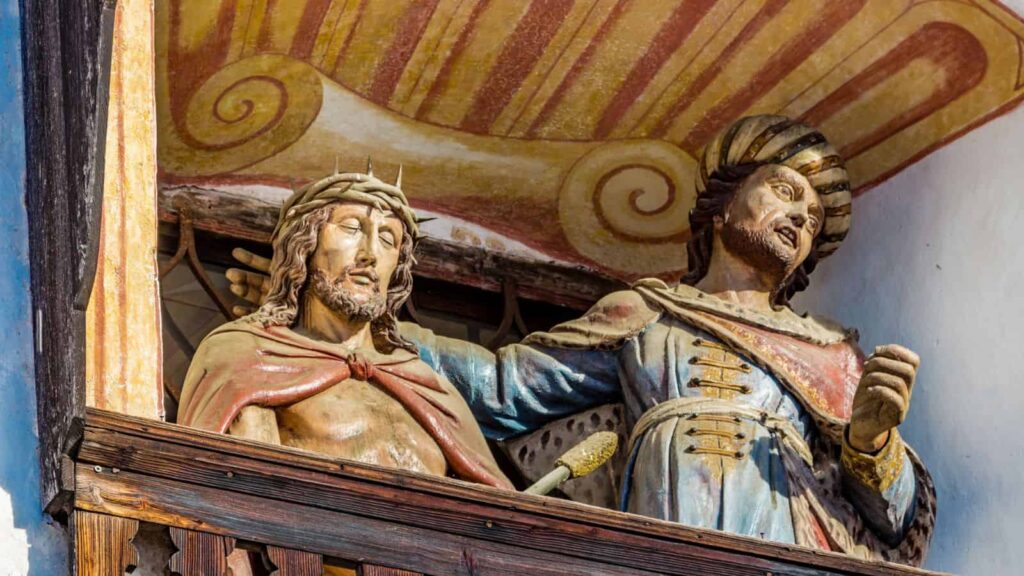
The Bible tells us that Pontius Pilate ensured the crucifixion of Jesus, and we now have archeological evidence, through the Pilate Stones, of his watch over Judea. The Pilate Stone mentions Pontius Pilate as a prefect of Judea from 26 AD to 36 AD and was discovered by Maria Canivet in 1961.
Sodom and Gomorrah’s Existence

After the discovery of clay tablets in Syria (in what the Washington Post calls plausible evidence), Italian scholar Giovanni Pettinato pointed out that Sodom and Gomorrah were among the cities listed on them. Although it’s claimed that both are in modern-day Israel today, archeologists say Tel el-Hammam in Jordan is the genuine location.
The High Priest of Caiaphas

In 1990, 12 beautified limestone bone boxes were discovered in Jerusalem’s HaShalom Forest. One had the name of Joseph Caiaphus written on its side, and archeologists now link this burial site to the House of Caiaphas. This was a house where Jesus was beaten—headed by Joseph, the High Priest of Israel.
Jesus’ Synagogue Teachings

The city of Capernaum, where Jesus performed many of his miracles and teachings, was excavated in 1838 and identified by Charles William Wilson in 1866. Today, it’s what’s known as “Kefar Nachum,” an uninhabited area owned by the Franciscans and Greek Orthodox. It would be well worth a visit!
The City of Tyr

The Bible’s Ezekiel mentions Tyr, a city that faced many unsuccessful sieges from Nebuchadnezzar II of Babylon. Inhabitants moved to a nearby island until Alexander the Great created a causeway to it during successful attacks in 332 BC. Today, Tyr is still one of the oldest continuously inhabited cities in the world!
The Exodus from Egypt
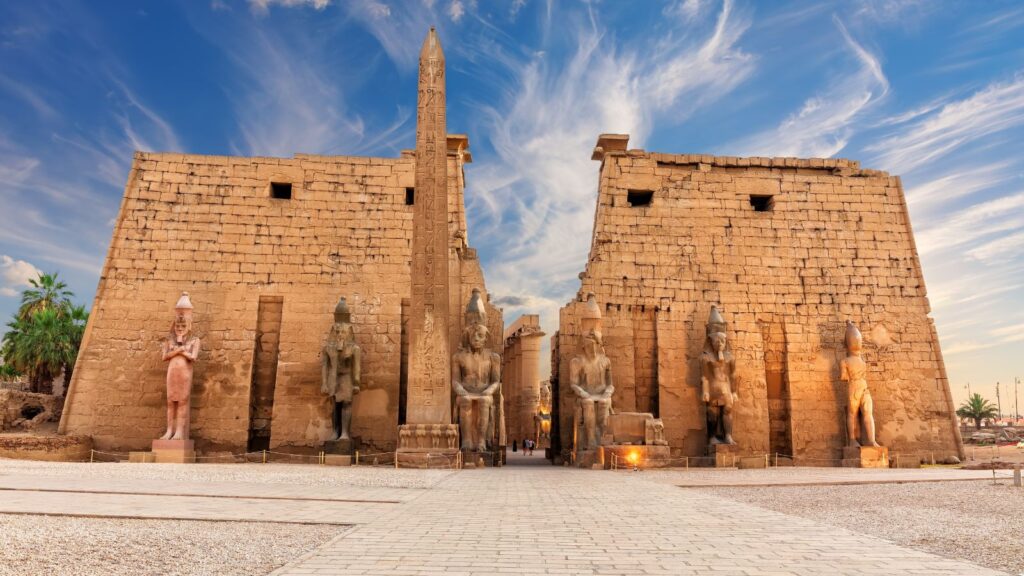
Finally, Flinders Petrie discovered the Merneptah Stele in Egypt’s city of Thebes, and translators revealed that it contains the oldest mention of Israel ever found. In it, Merneptah, the son of Ramesses II, boasts of conquering Canaan. The University of Michigan also says the stele proves that Israel still described people back then, not a state!
Up Next: 20 Personal Things You Should Never Share With Others

Building meaningful connections with others requires a certain level of transparency and trust, but that doesn’t mean you have to tell your friends and family members everything! Some aspects of our lives are too personal, incriminating, or risky to share. This article explores 20 aspects of your personal life that you should always keep confidential.
20 Personal Things You Should Never Share With Others
18 Things Everyone Forgets to Include in Their Will—But Shouldn’t

Wills and estate plans are essential ways to ensure what will happen to your belongings and property when you die or are incapacitated. However, people often forget to include important information in their wills before it’s too late, complicating matters for their descendants. Here are the 18 common things people forget to include in their will.
18 Things Everyone Forgets to Include in Their Will—But Shouldn’t
18 Items at Walmart that Aren’t Worth Your Hard-Earned Money

For many of us, Walmart is the go-to superstore. Whether we need groceries, clothing, or technology, Walmart is a one-stop shop for everything you would need. However, there are some Walmart products you should avoid at all costs, such as the following 18 examples.
18 ITEMS AT WALMART THAT AREN’T WORTH YOUR HARD-EARNED MONEY

